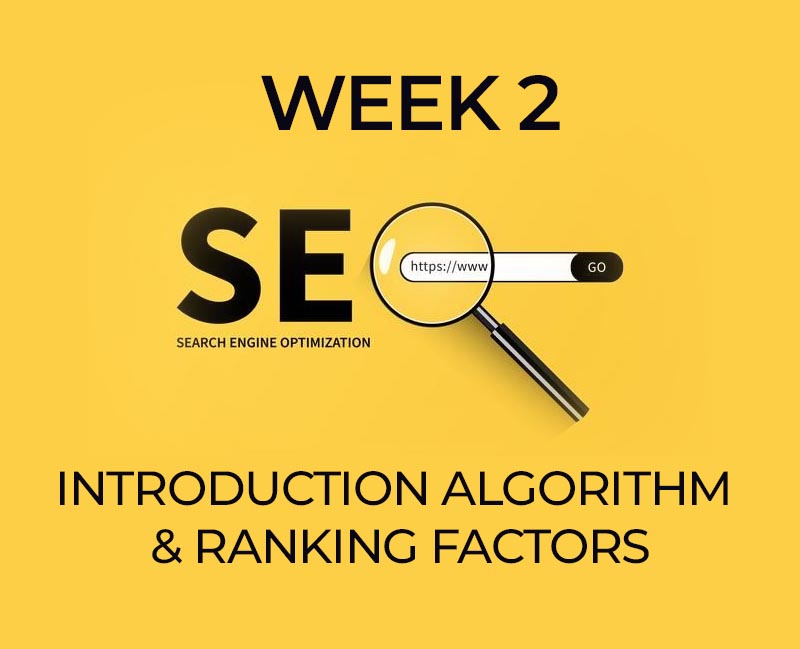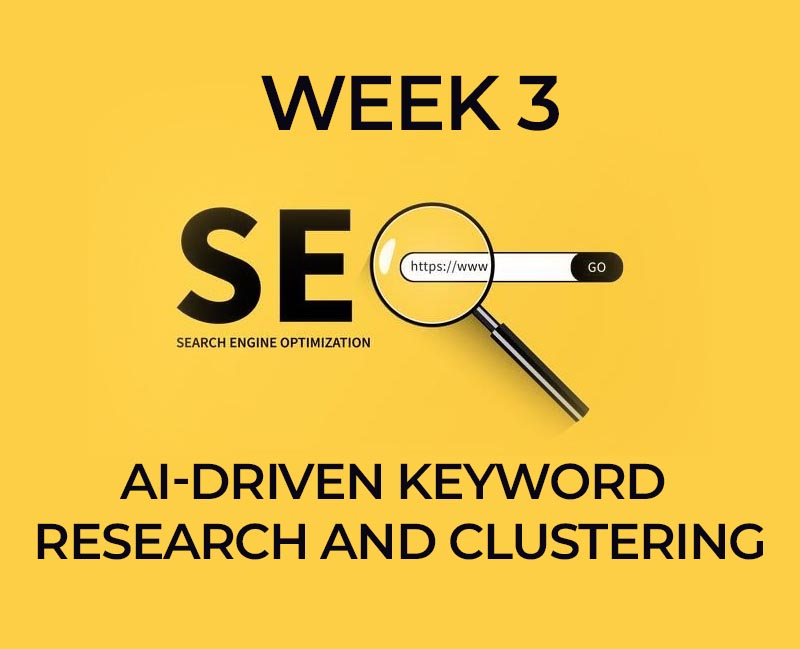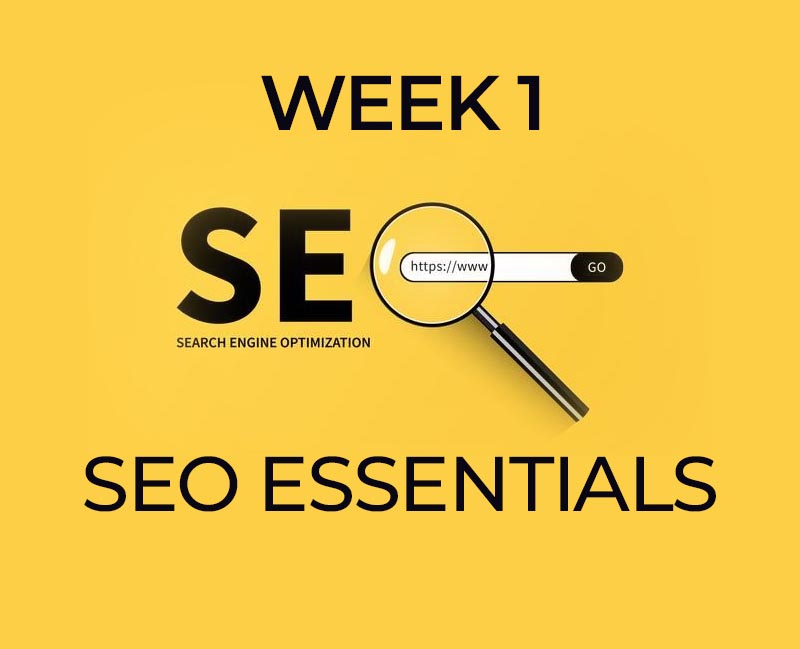- dmagencybd24@gmail.com
- 56-57, Sharif Mansion, 7th Floor, Motijheel, Dhaka- 1000
Week 2: Understanding Google Algorithm & Ranking Factors

Understanding Google Algorithm & Ranking Factors
Search Engine Optimization (SEO) is not just about keywords and backlinks — it’s about understanding how Google thinks. In Week 2 of our Generative AI-Driven SEO Mentorship, we take a deep dive into the Google algorithm, its evolving nature, and the critical ranking factors that determine who gets to the top of the search results.
🔍 How Does the Google Algorithm Work?
Google’s algorithm is a complex system designed to deliver the most relevant and high-quality results to users' queries. It evaluates hundreds of ranking factors, using AI and machine learning to constantly improve. The algorithm considers:
-
Relevance of the content to the query
-
Quality and trustworthiness of the content
-
User behavior (e.g., bounce rate, dwell time)
-
Mobile-friendliness and page speed
-
Context (search history, location, device)
🔄 Decoding Recent Google Updates
Google rolls out major algorithm updates several times a year. Some recent changes have focused on:
-
Helpful Content Updates: Prioritizing user-first, valuable content
-
Spam Updates: Targeting manipulative practices and low-quality content
-
Core Updates: Refining how content is assessed across the web
Staying one step ahead of the algorithm means regularly auditing your content, focusing on value, and keeping up with SEO trends.
🏆 How Does Google Rank Content?
Ranking isn’t random — it's based on a logical evaluation of several ranking signals. Google uses these to determine how well a piece of content satisfies a user’s intent.
Here are a few core principles behind ranking:
🌟 EEAT: Experience, Expertise, Authoritativeness, Trustworthiness
Introduced as part of Google’s Quality Rater Guidelines, EEAT is especially important for content that can impact people’s lives.
-
Experience: Has the author personally experienced the topic?
-
Expertise: Is the author knowledgeable and skilled?
-
Authoritativeness: Is the source recognized as a leading voice?
-
Trustworthiness: Can users trust the information provided?
Google wants to rank content that genuinely helps users — not just content that is technically optimized.
🧠 YMYL: Your Money or Your Life
If your website shares advice on health, finance, safety, or major life decisions, it falls under the YMYL category. Google applies much stricter guidelines here. For YMYL content, demonstrating EEAT becomes even more critical.
⚙️ Critical Ranking Factors in 2025
Here are the most important ranking factors to pay attention to:
-
High-quality content that satisfies search intent
-
Mobile-first design and fast page load speed
-
Author credibility and content accuracy (especially for YMYL topics)
-
Internal linking and logical site structure
-
Backlinks from reputable websites
-
User engagement metrics like CTR, bounce rate, and dwell time
📱 Mastering Google Discover
Google Discover is an AI-powered content feed on mobile devices that shows users articles based on their interests. To appear in Discover:
-
Create engaging, visually rich content
-
Use high-quality images and compelling headlines
-
Focus on trending or evergreen topics
-
Follow Google's content policies and SEO best practices
✅ Final Thoughts
Google’s algorithm is always evolving, but one thing remains constant: quality content that helps users will always win. By understanding EEAT, YMYL, and staying updated with algorithm changes, you can build a strong SEO foundation that withstands updates and ranks consistently.
Ready to optimize your site for the future of search? Focus on value, trust, and experience — and you’ll always stay ahead of the algorithm.





